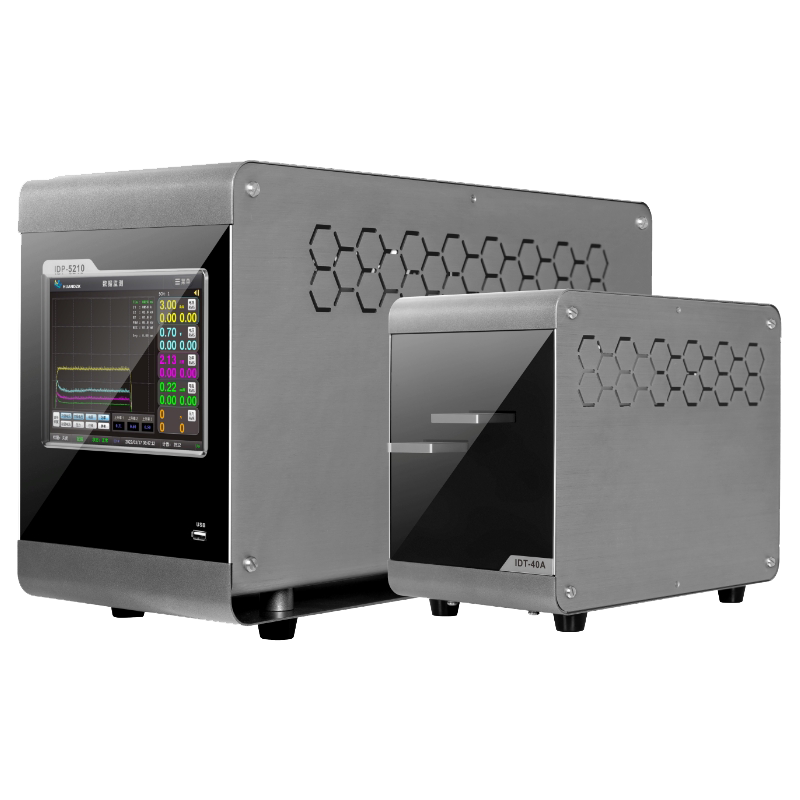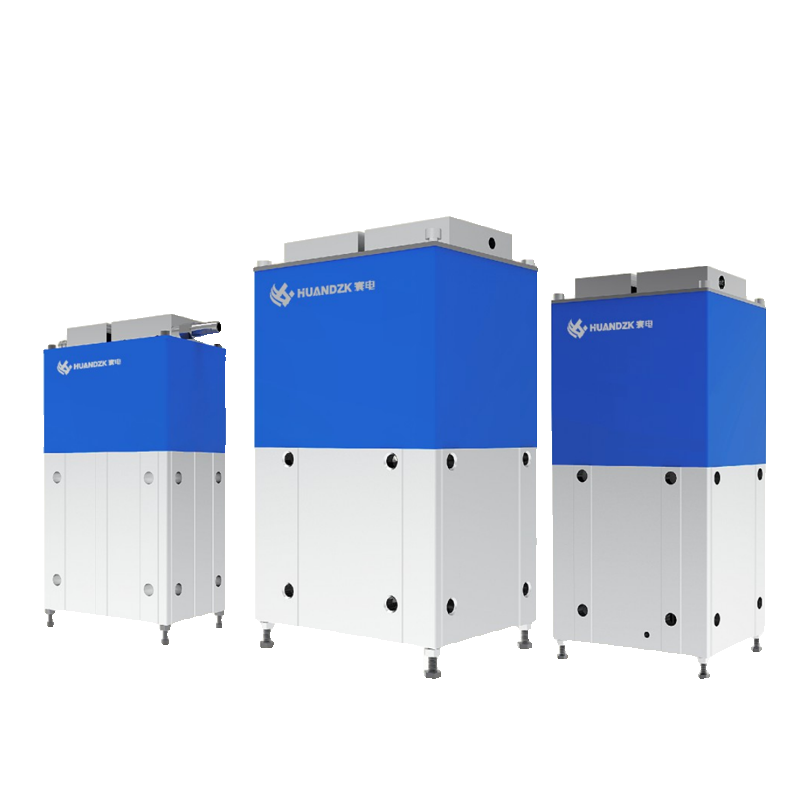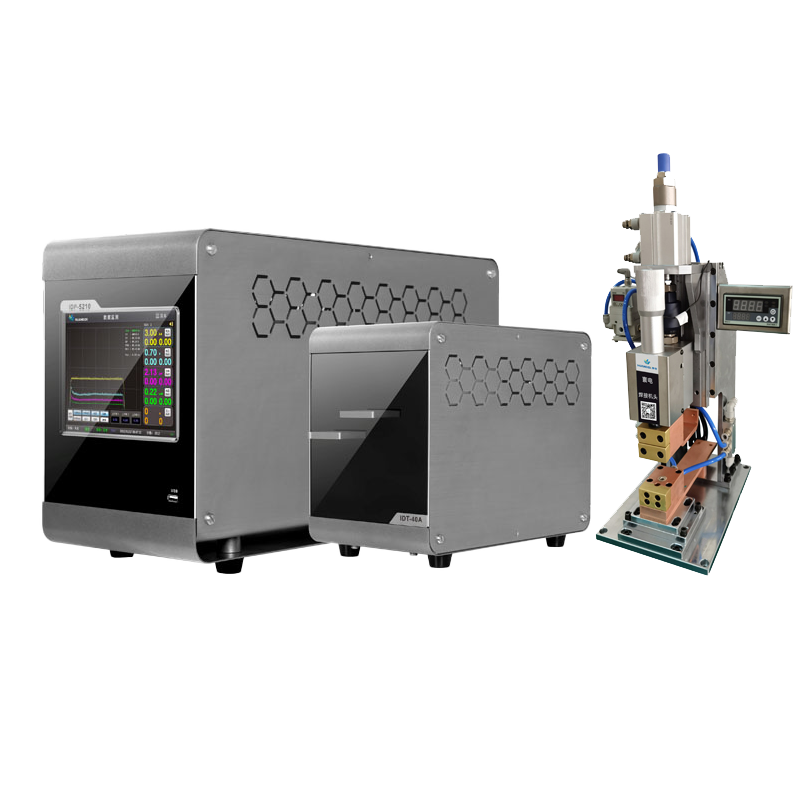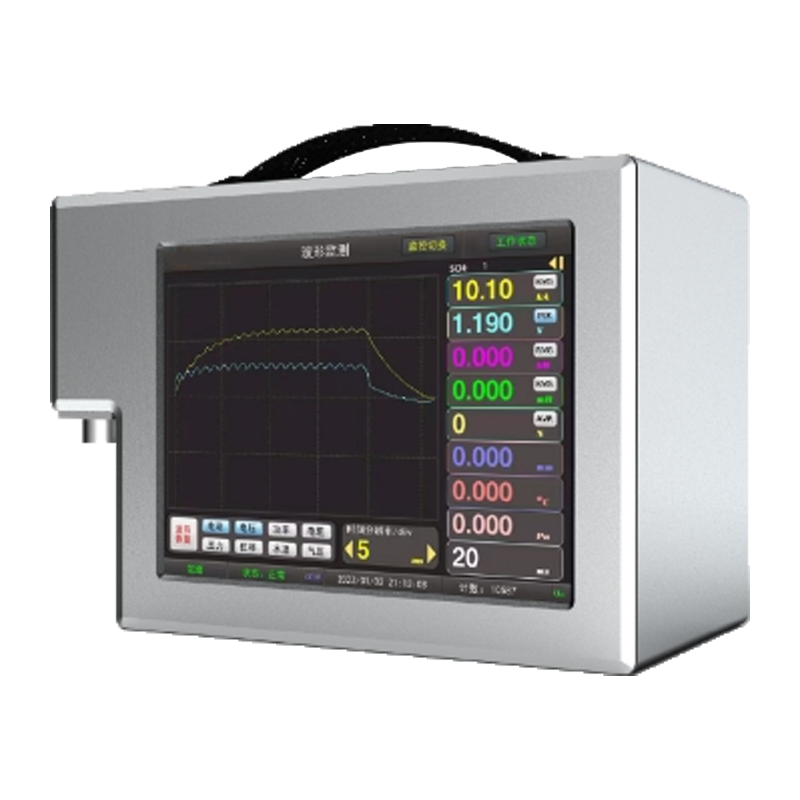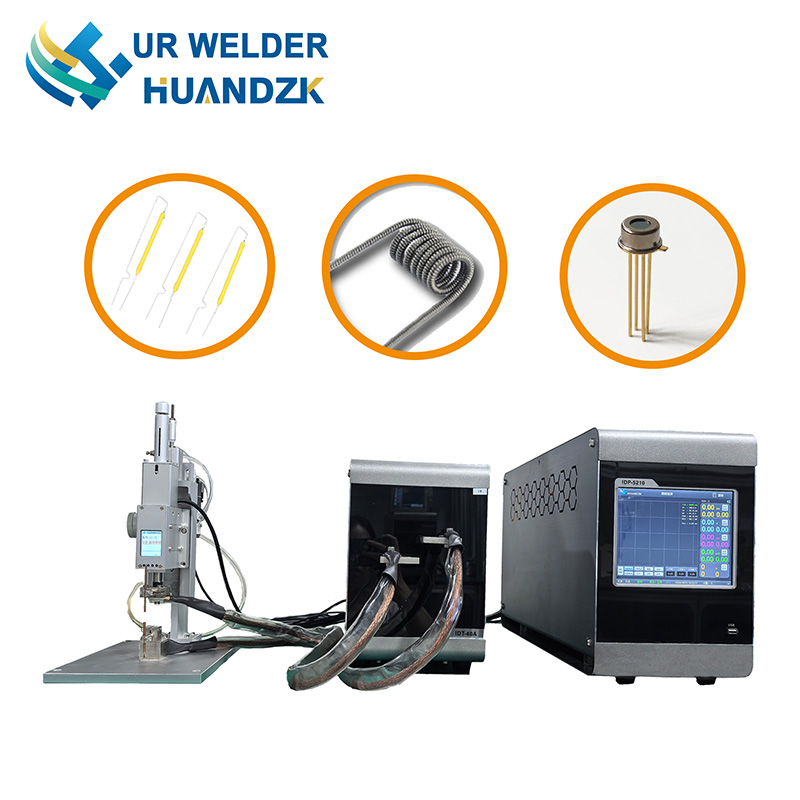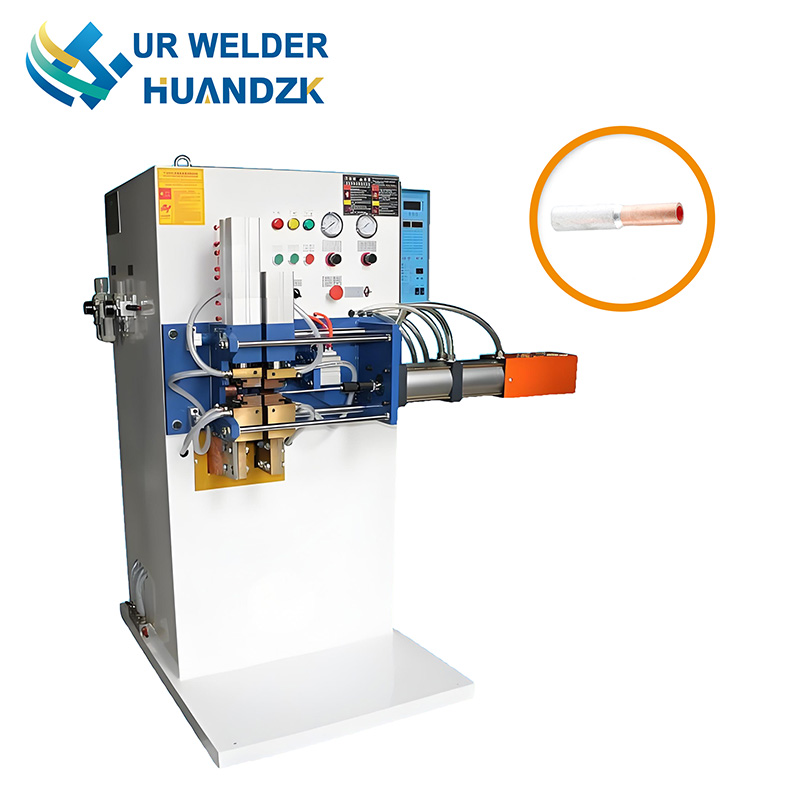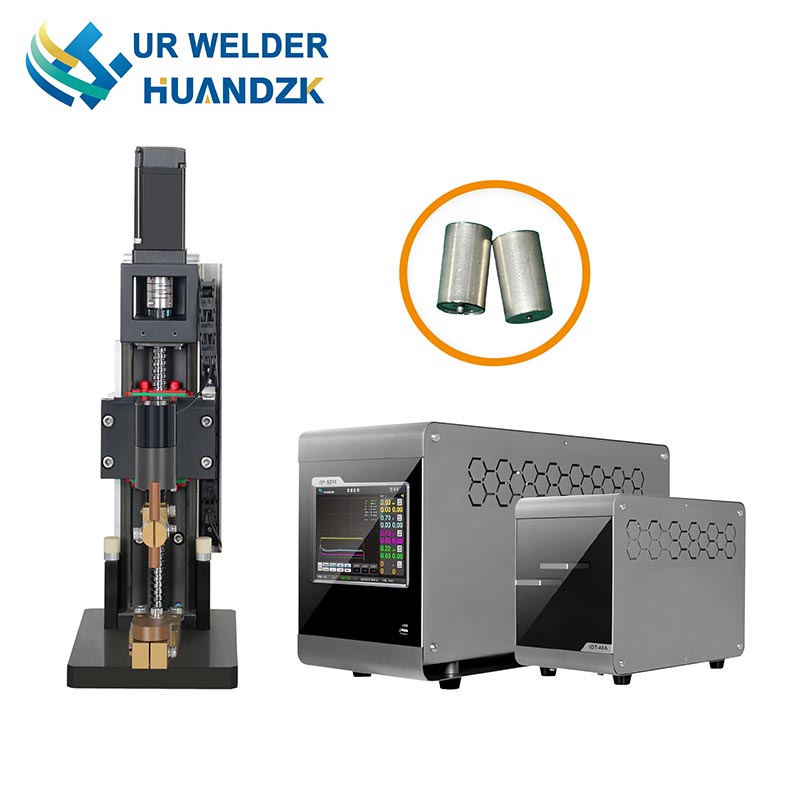Spot welding, also known as resistance welding, is an efficient and commonly used metal joining technology. Its core components include a precise controller, an efficient transformer, and a stable spot welding head. In order to ensure that the spot welding process can produce a perfect welding effect, it is essential to maintain the appropriate current density. The selection of this current density needs to be precisely adjusted according to the size of the contact area between the workpiece and the electrode to ensure the quality and strength of the welded joint.

The control for resistance seam welding of the spot welding system is extremely well designed. It can be seamlessly integrated into the automated production line, providing a flexible and accurate solution for the welding needs of various products. By simply adjusting the welding parameters in the controller, such as current, voltage, and welding time, the welding process requirements of different products can be adapted. Therefore, when choosing a precision resistance welding, it is crucial to understand whether the functions of its controller meet the needs of the automated production line.
The advantages of the spot welding process are numerous. It does not require filler materials, which reduces material costs; it is easy to operate, so that ordinary employees can also operate it after a short training; at the same time, most spot welding machines have semi-automatic or fully automatic functions, which further improves production efficiency. In addition, the short process time of spot welding is very suitable for mass production, and the small heating area helps prevent metal deformation, making it excellent for welding special-shaped metals.
However, spot welding technology also has its inherent limitations. Its welding thickness is usually defined as a range of 0.1 mm to 10 mm. For workpieces outside this range, it may be necessary to explore more suitable welding methods. For thicker workpieces, other welding methods are often a wiser choice.
During spot welding operations, the electrode will continue to come into contact with the workpiece and suffer wear, which will undoubtedly reduce the service life of the electrode and may have an adverse effect on the welding quality. Therefore, it is particularly important to replace the electrode regularly to ensure the welding effect.
Although the heating area of spot welding is relatively concentrated, it may still cause slight deformation of the workpiece under certain conditions. This phenomenon is particularly significant when welding thinner workpieces and needs to be paid attention to.
In addition, spot welding technology is more suitable for workpieces with regular shapes and moderate sizes. For workpieces with complex shapes or large sizes, it may be necessary to consider other welding methods or perform specific pretreatment.
